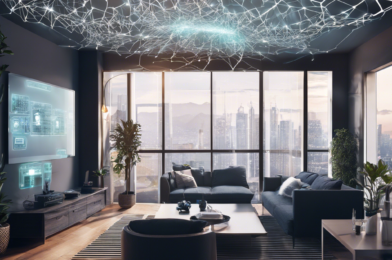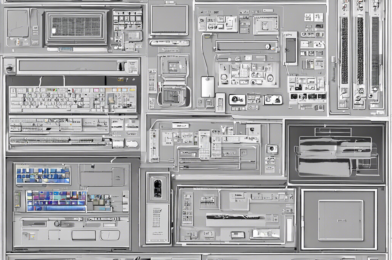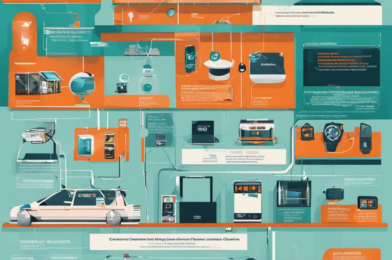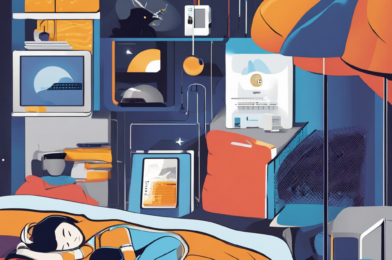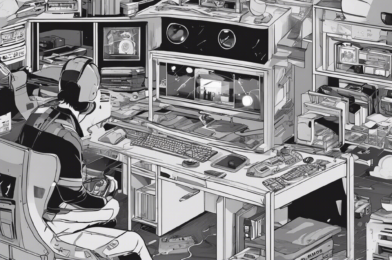The remote work revolution has transformed our professional lives, and technology has played an indispensable role in this transformation.
While video conferencing platforms and cloud storage services have become the unsung heroes of remote work, the future of remote work technology promises to offer so much more. As remote work evolves from a temporary solution to a permanent workplace strategy, we can expect a wave of innovative tools tailored to enhance collaboration, communication, and productivity in the digital realm.
One of the most exciting aspects of this tech evolution is the development of virtual reality (VR) and augmented reality (AR) for remote collaboration. Imagine donning a VR headset and stepping into a virtual office, where your colleagues appear as avatars. You can interact with them in a virtual meeting room, making discussions more engaging and immersive. AR applications could enable remote workers to visualize and manipulate 3D models or data in real time, enhancing collaboration on creative projects and design work.
**Security and Privacy Enhancements:**
As remote work becomes the norm, ensuring data security and privacy will become increasingly critical. The future of remote work tech will likely bring more robust and user-friendly security solutions. Expect to see advancements in encrypted communication platforms, multi-factor authentication methods, and innovative solutions to protect sensitive data during remote operations.
**AI-Powered Automation:** Artificial Intelligence (AI) will undoubtedly play a pivotal role in shaping the future of remote work. AI-powered automation can streamline tedious tasks, freeing up workers’ time for more creative and strategic work. For instance, AI-powered chatbots can handle initial customer inquiries, while automated scheduling systems can optimize appointment setting and calendar management.
**Enhanced Collaboration Tools:** The next generation of collaboration tools will focus on making remote teamwork more efficient and intuitive. Expect to see project management platforms with advanced features for task delegation, progress tracking, and real-time collaboration. These tools will facilitate seamless integration with other software, enabling teams to work across different applications without friction.
**Digital Wellbeing and Productivity:** As the lines between work and personal life blur, the importance of digital wellbeing comes to the forefront. Future remote work tech will prioritize user experience and digital wellbeing, offering features to prevent burnout and promote focus. Think of apps and browser extensions that block distractions or productivity monitoring tools that provide insights into work patterns and suggest improvements.
While video calls and cloud drives have been essential for remote work thus far, the future holds a multitude of innovative technologies that will redefine our remote working experience. From VR/AR collaboration to AI-powered automation and enhanced security measures, these advancements will not only improve productivity but also make remote work more engaging and enjoyable.



